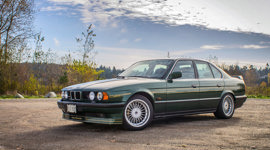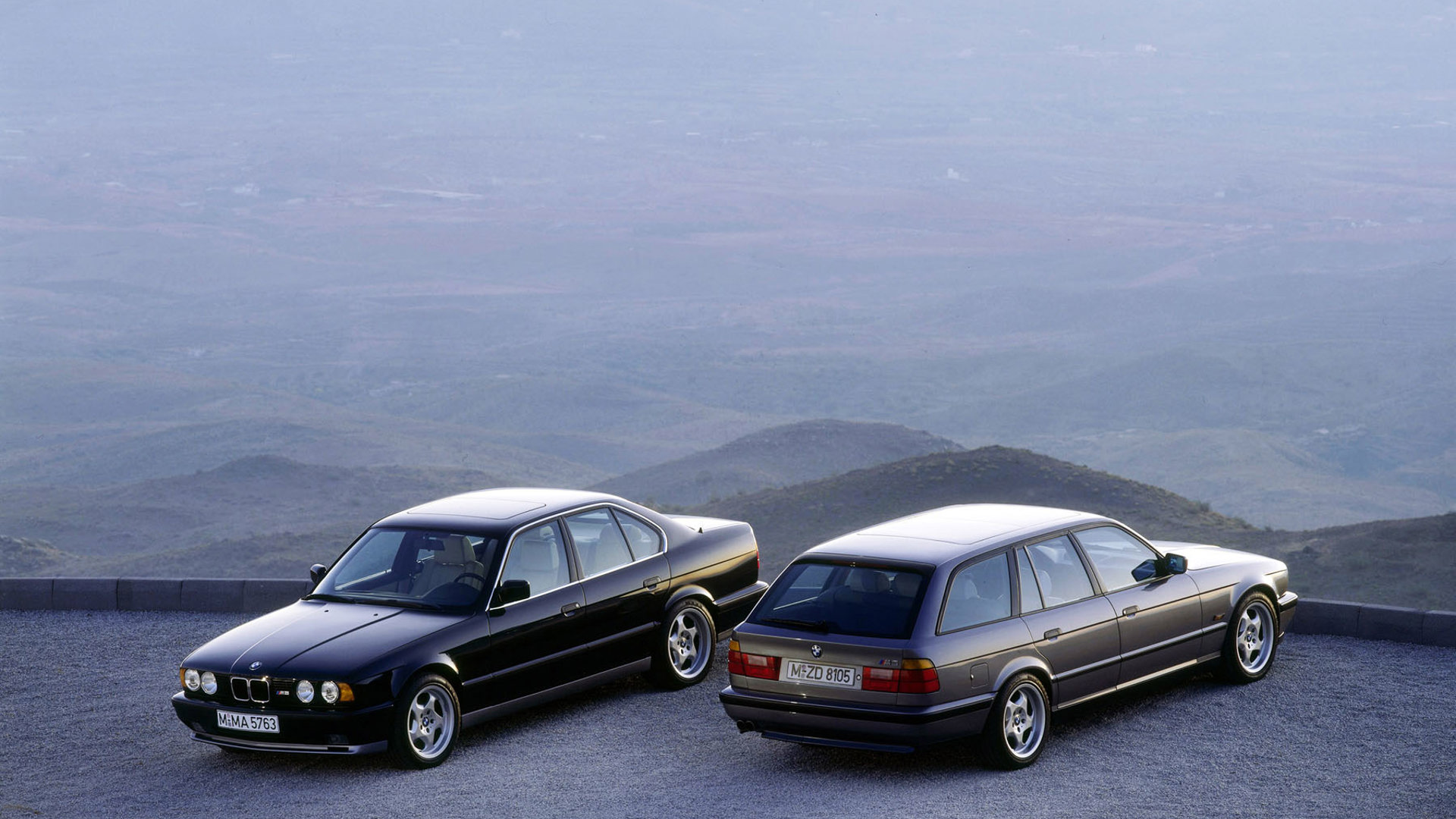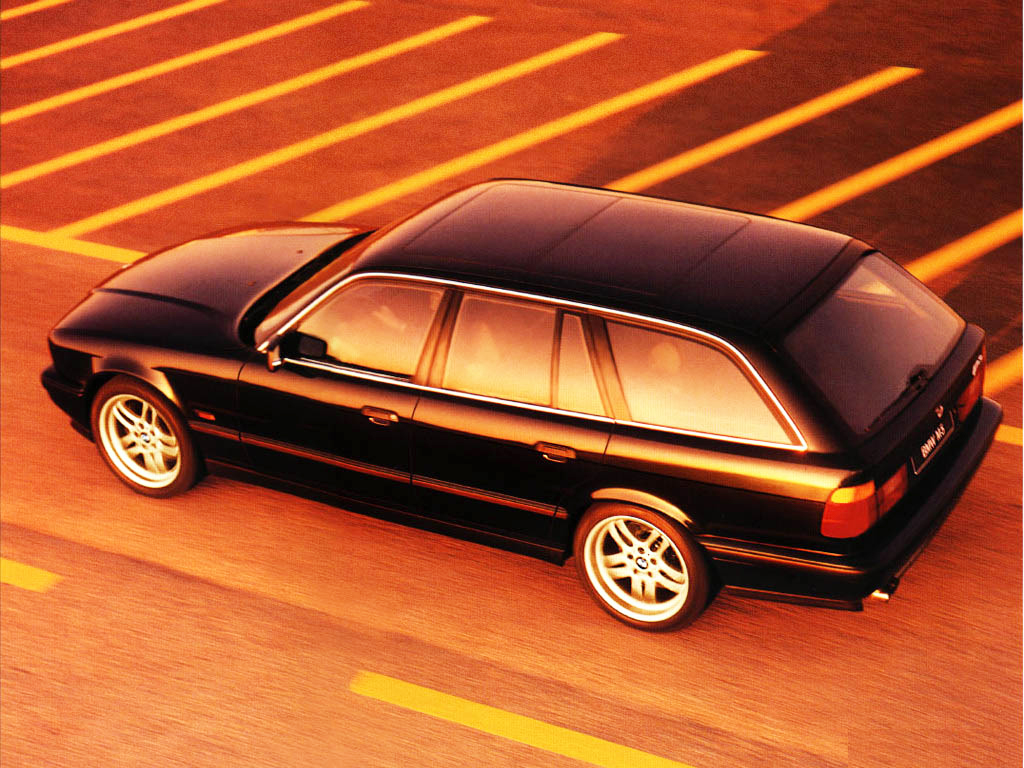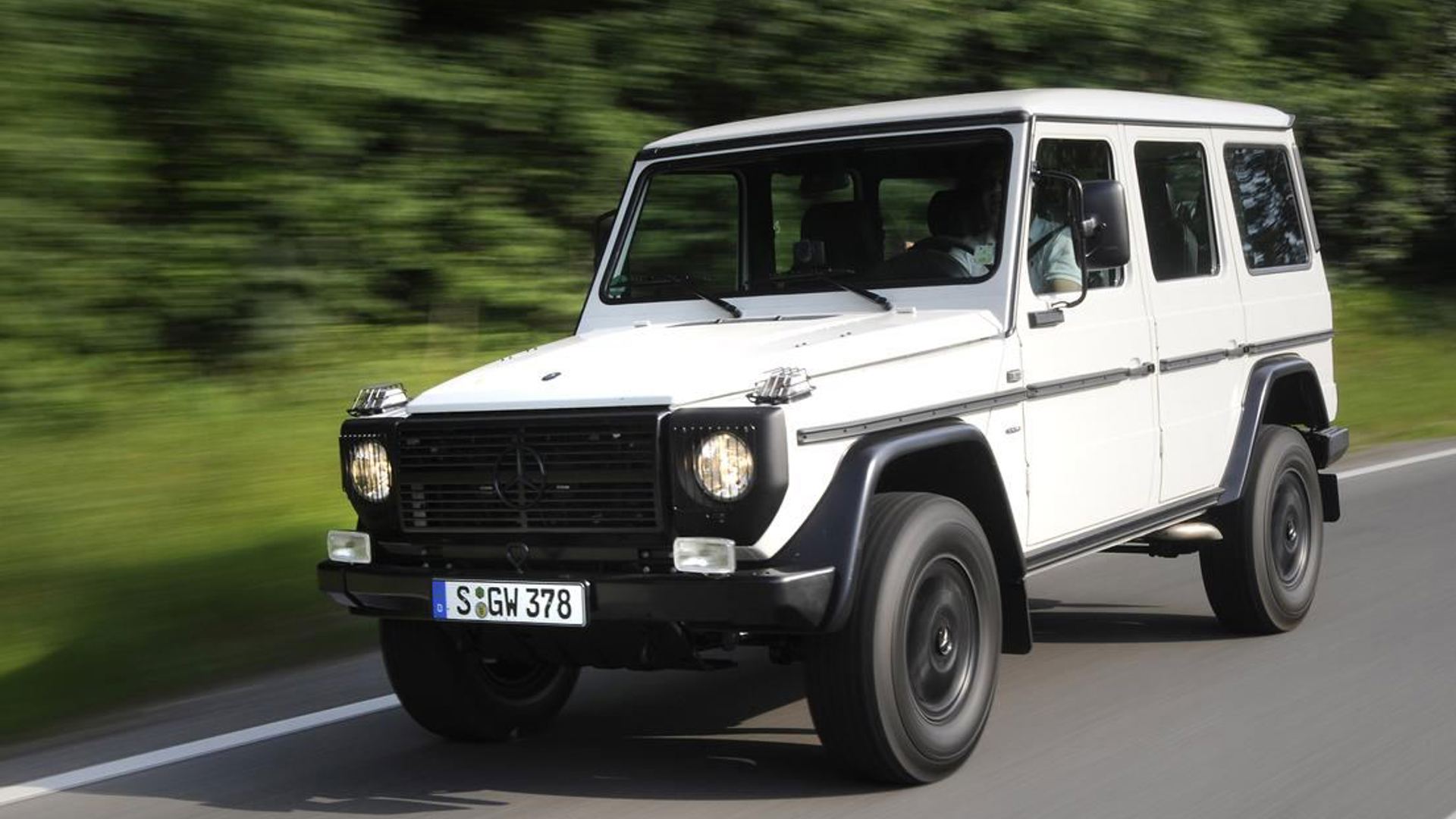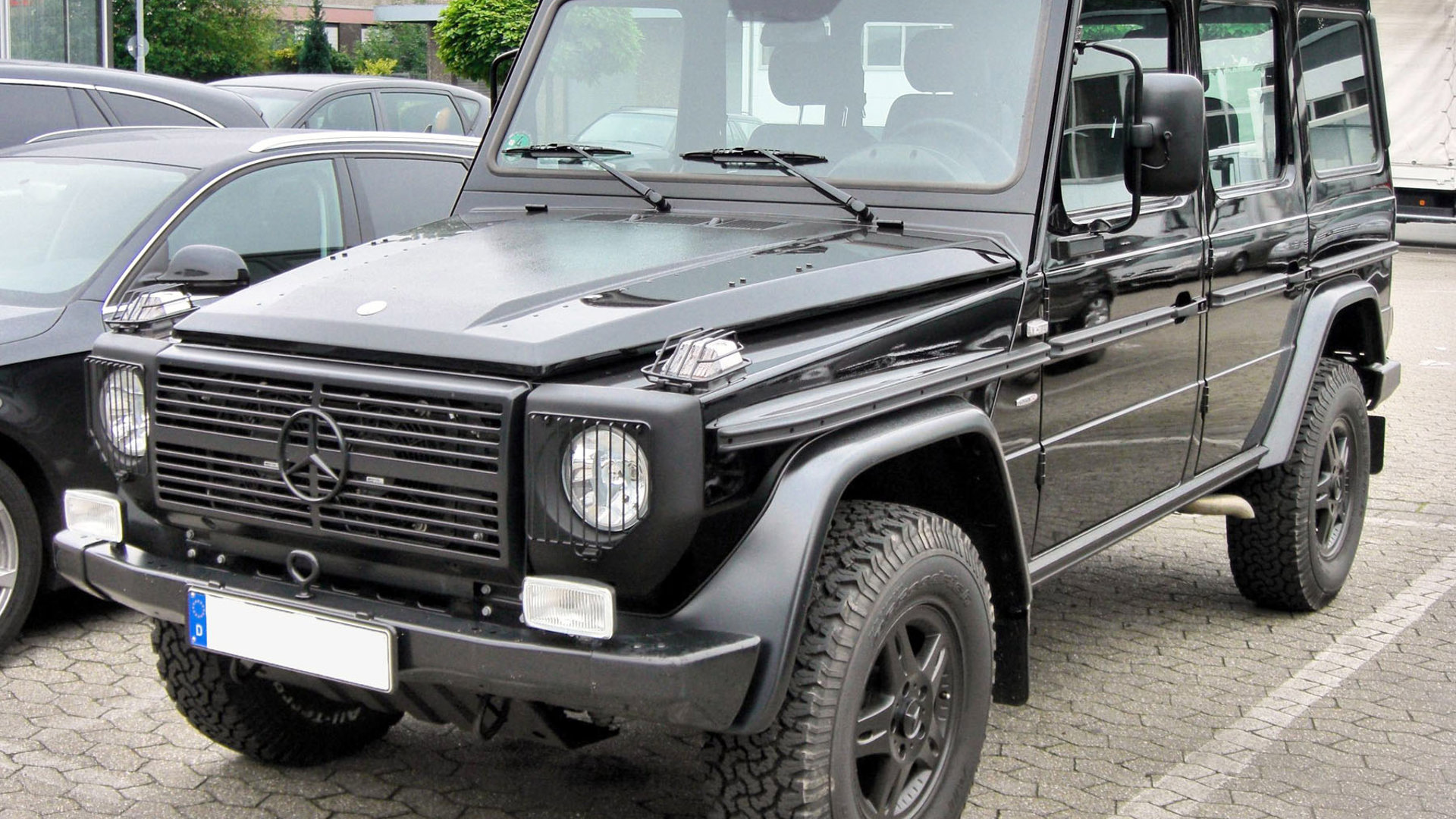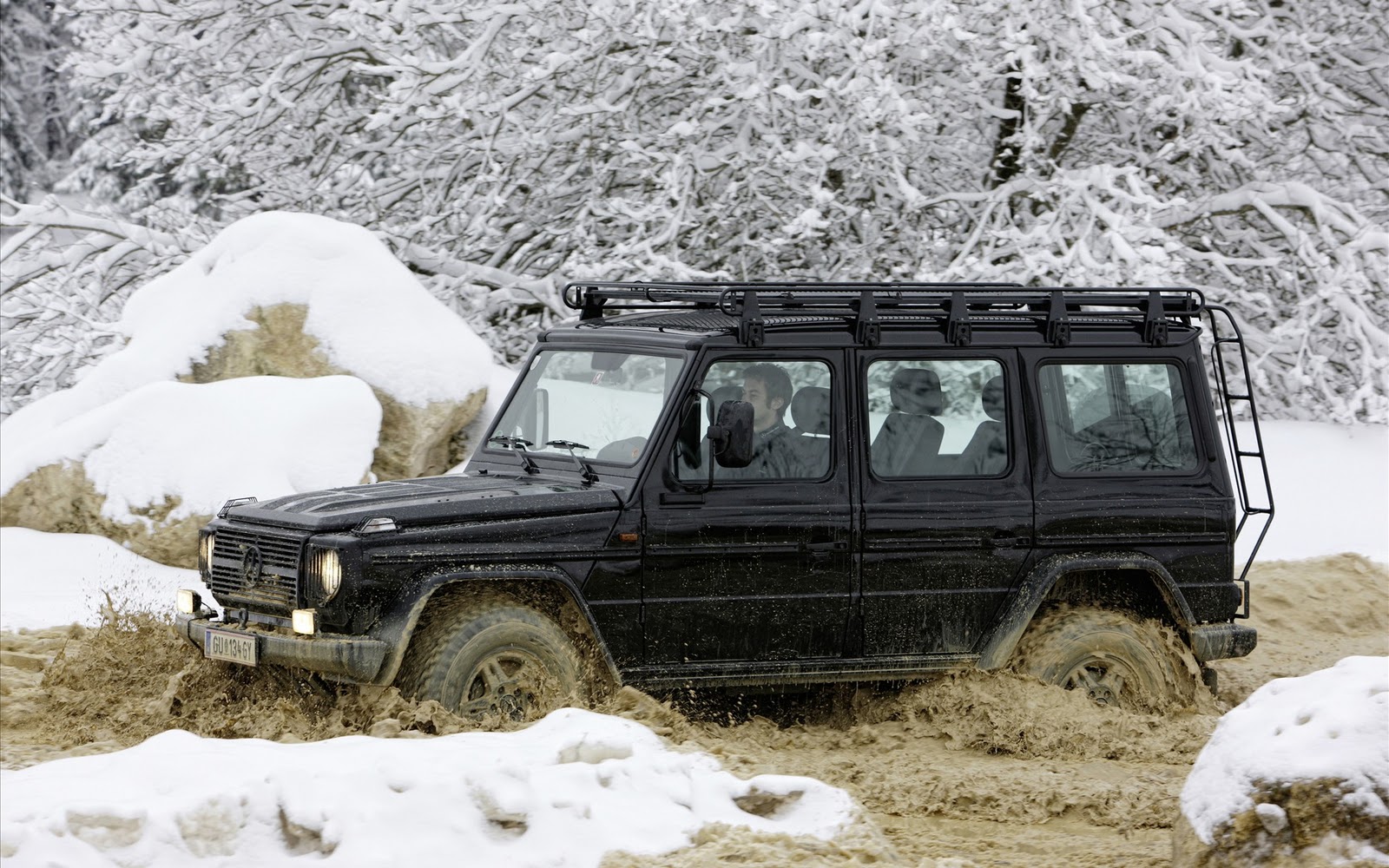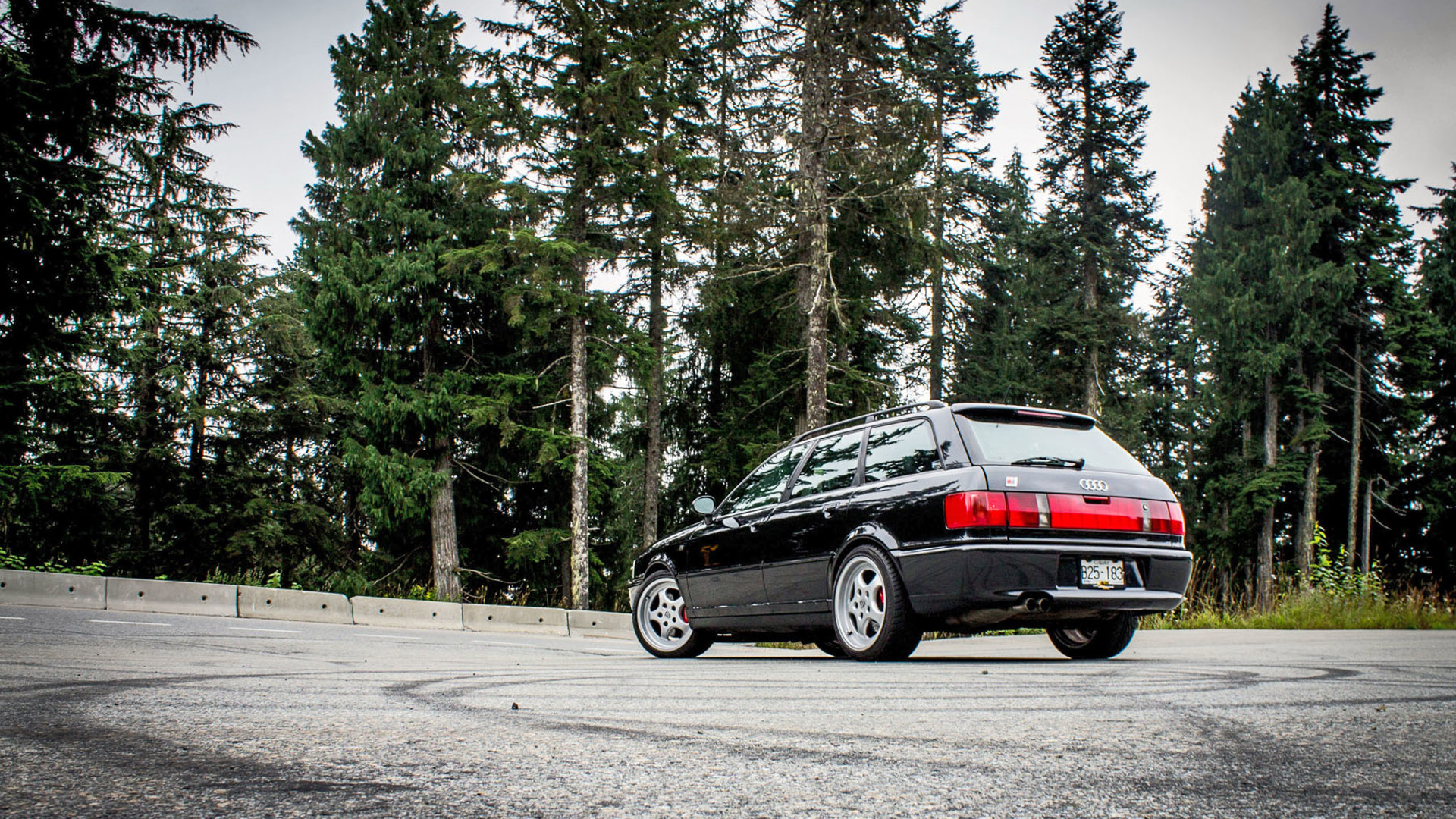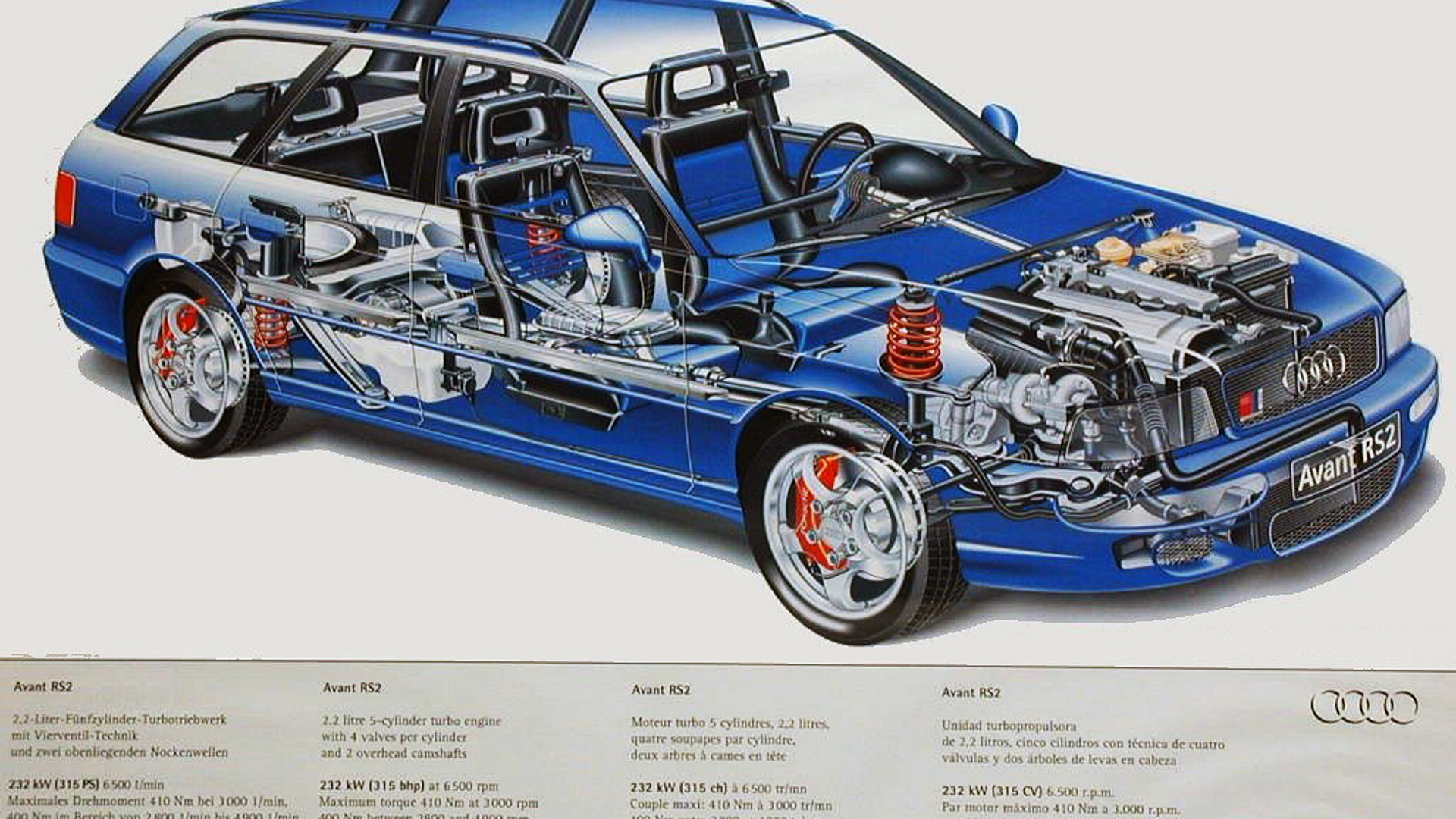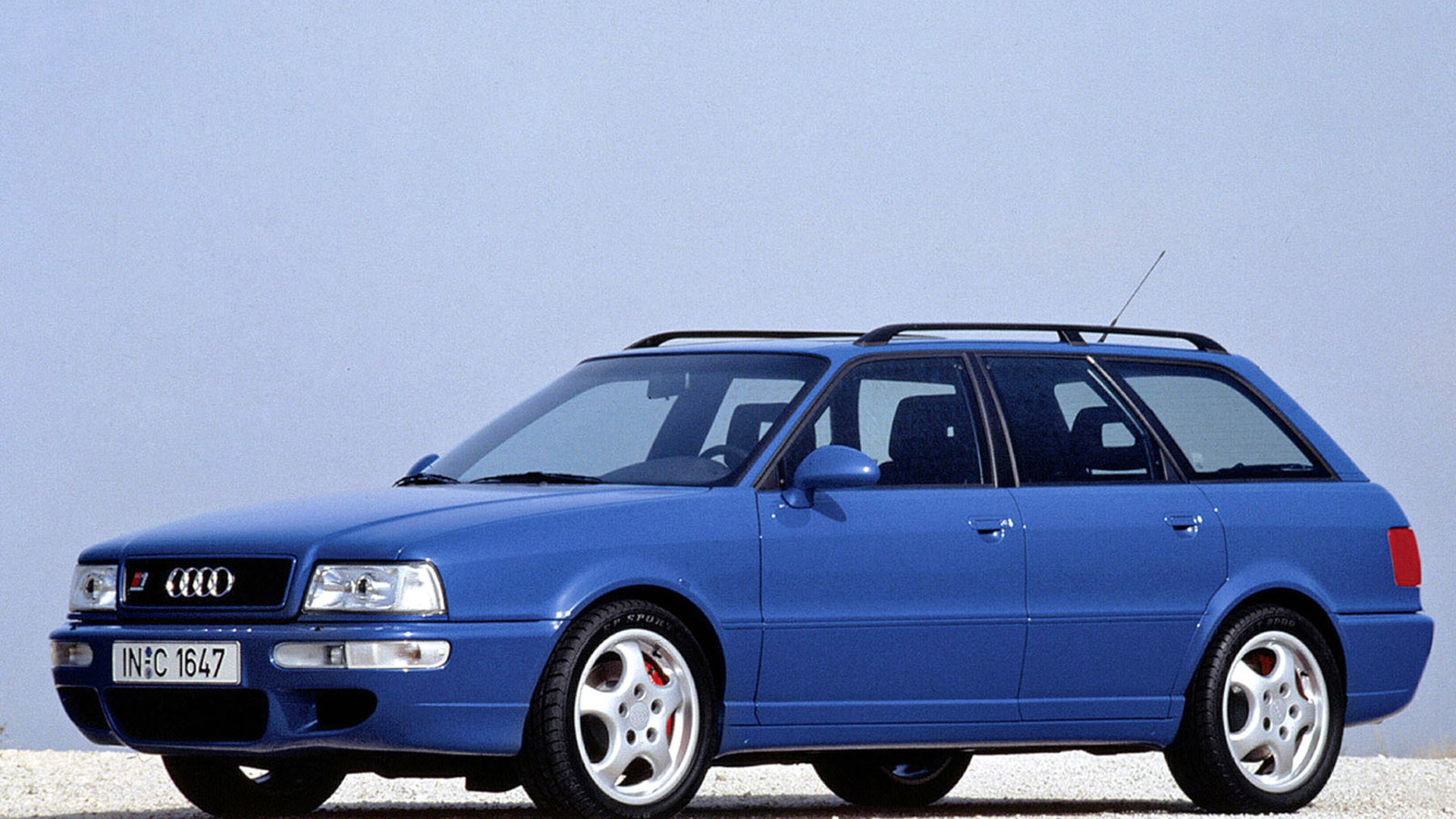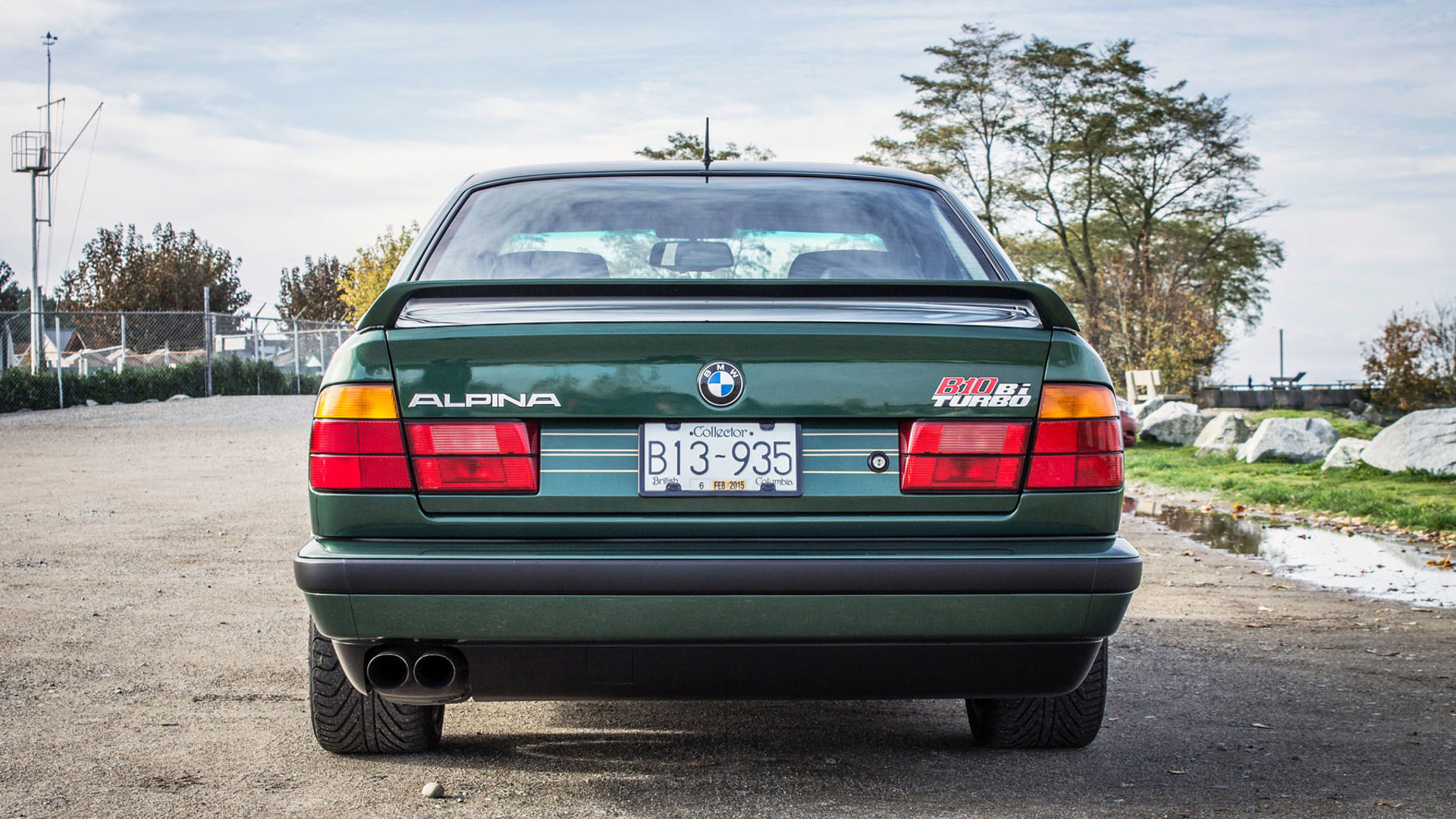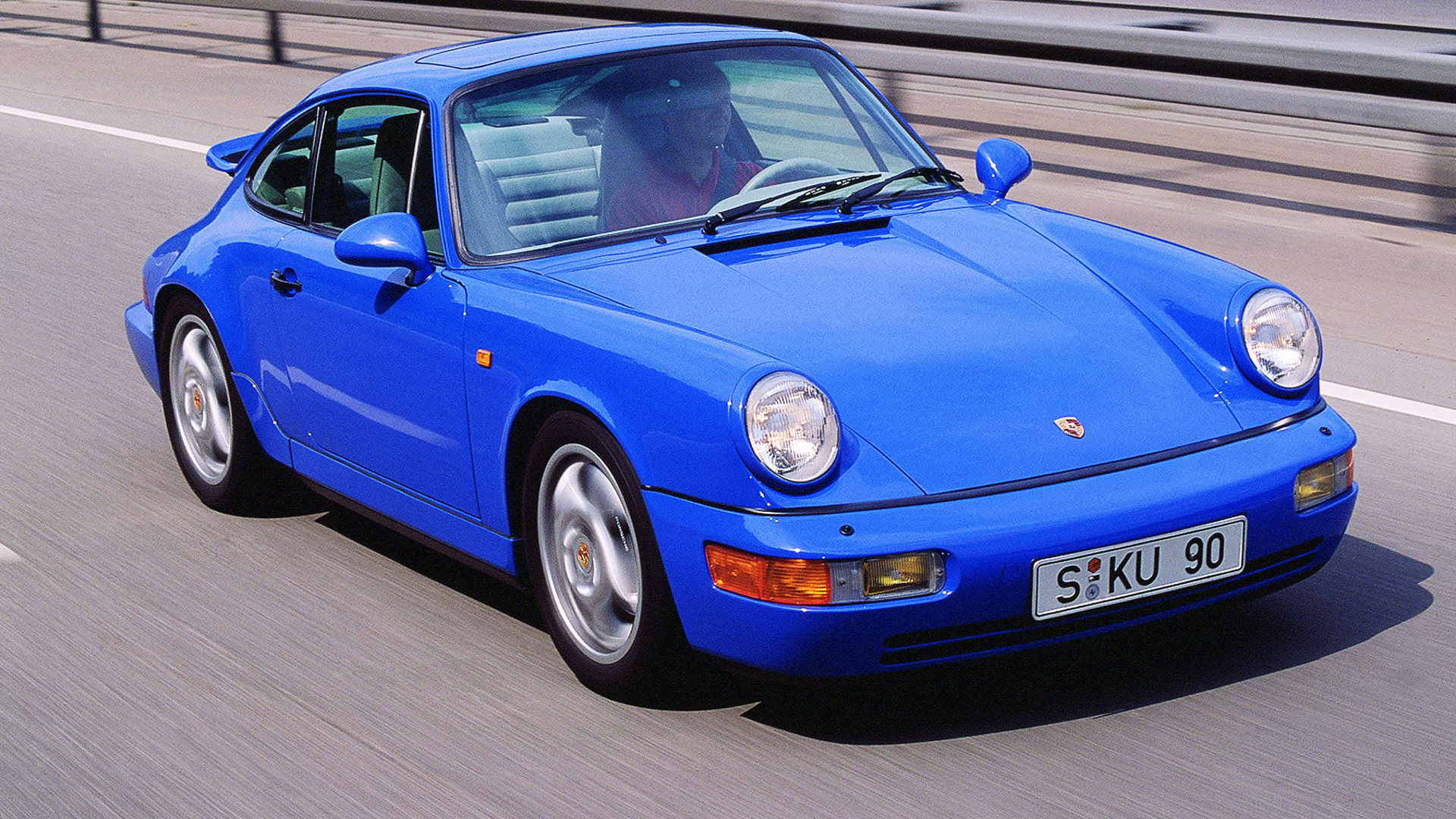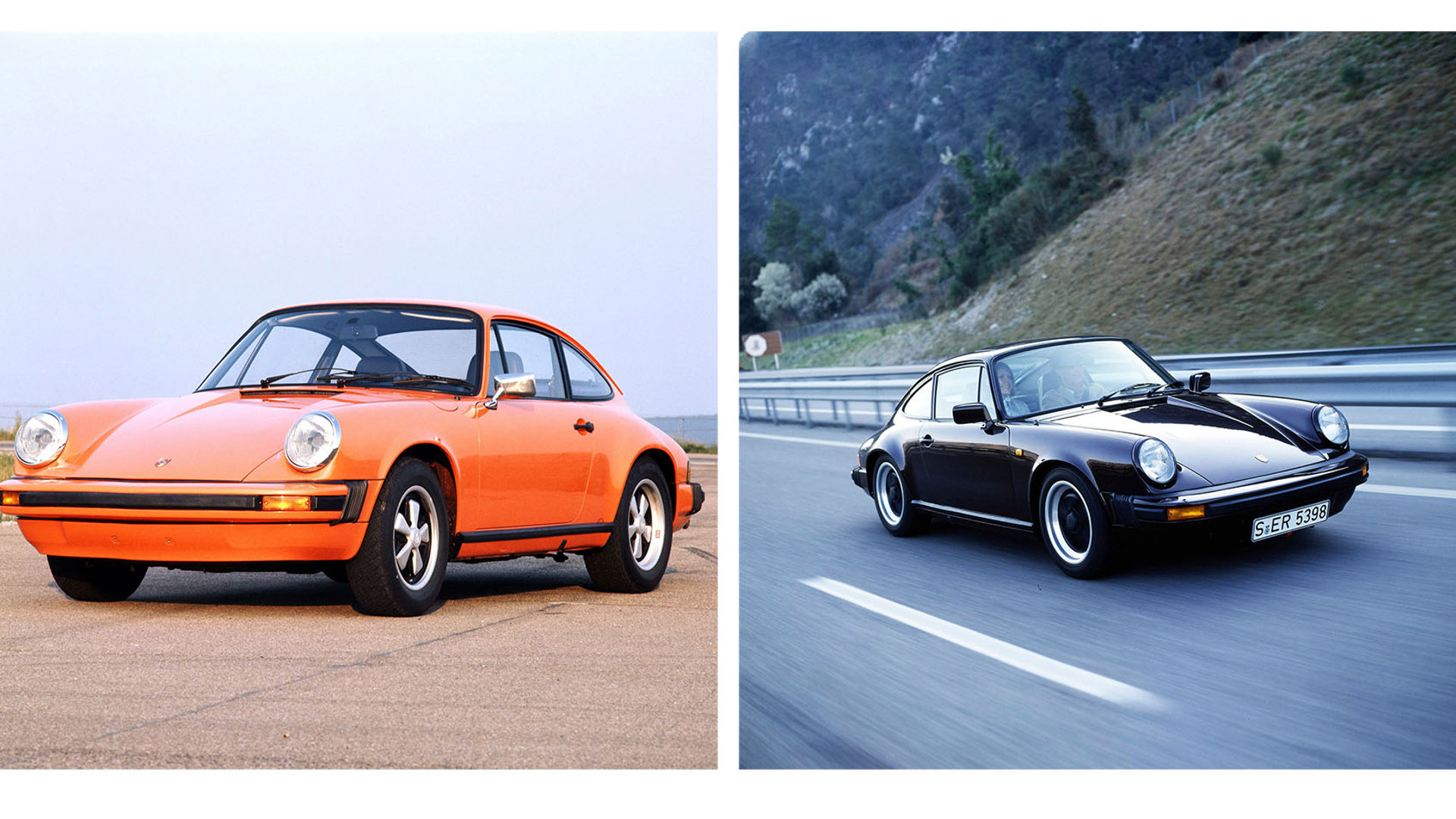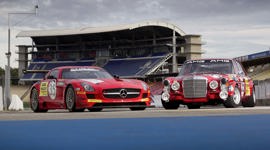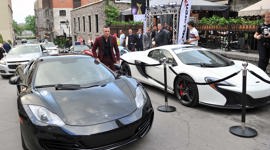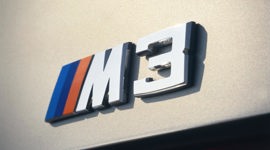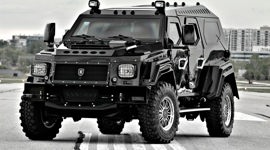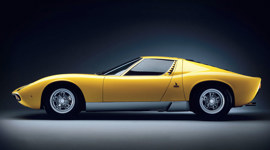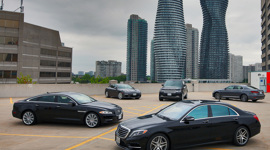Article by Brendan McAleer
Beyond the pale: The Pale was the name for English-ruled territories in early Ireland, and the phrase refers to the area outside of it, in which English law no longer applied. Today we take it to mean anything outside the ordinary, where the rules no longer apply.
In the Canadian automotive world, this is the realm of the Grey Market, a strange and shadowy world where all bets are off and the borders flung open. From time to time, you might see articles with titles like, “The Best Cars We Don't Get Here,” and wonder why it is that some of that delicious Euro stuff doesn't make the leap across the pond.
But fret no longer. If you're a fan of hot wagons, high-speed luxo-sedans, or even just looking for a really good bargain, Grey Market cars can provide previously forbidden thrills. The rules are simple: once a car is fifteen years old (or older), it's importable under Canadian law. The Americans have to wait a full quarter-century to pull off the same trick: here are five reasons we have it better.
BMW M5 Touring
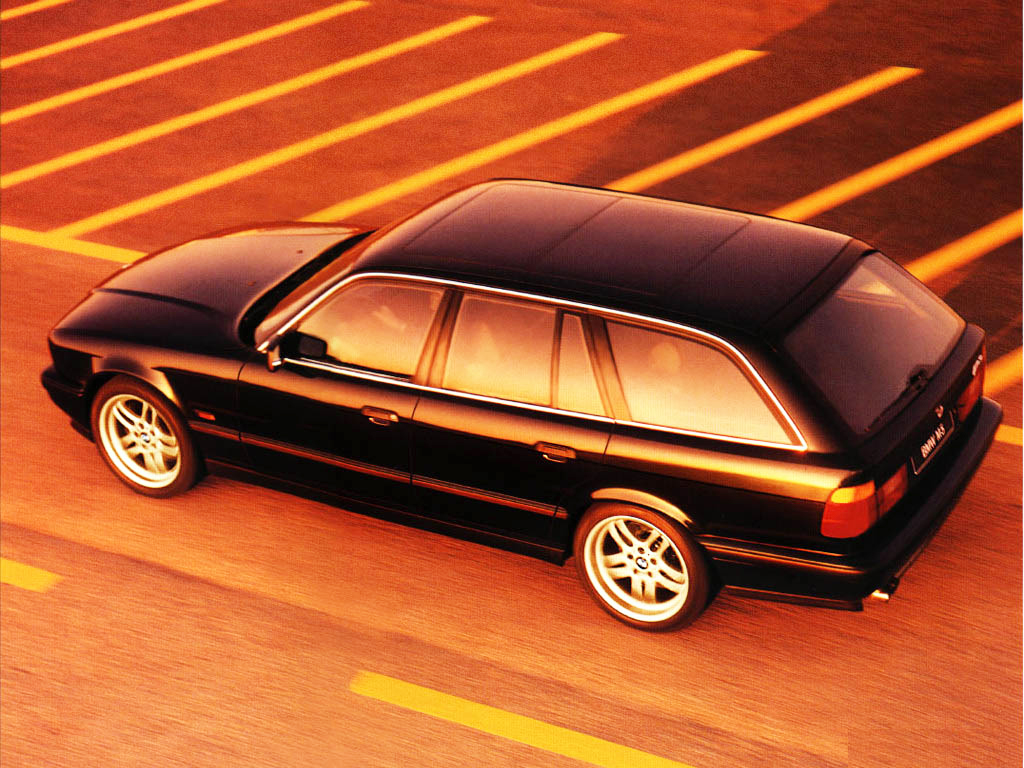
Odds are, you didn't even know that BMW offered their class-defining super-saloon as a wagon. That's because they didn't, at least not here. However, if you lived in Europe, you could cart the whole family and the Weimaraner along at autobahn speeds with a hatchback-equipped version of the gorgeous E34-chassis M5, considered by many to be the best of the M5s.
By modern standards, this is a very right-sized car, with approximately the same dimensions as the current 3 Series. The best pick, if you're looking, is one with the later 3.8L motor, which makes 335 creamy straight-six horsepower. It's lovely, and you occasionally see them cropping up at BMW specialists. Practical and fast – what's not to love?
Mercedes-Benz G280cdi
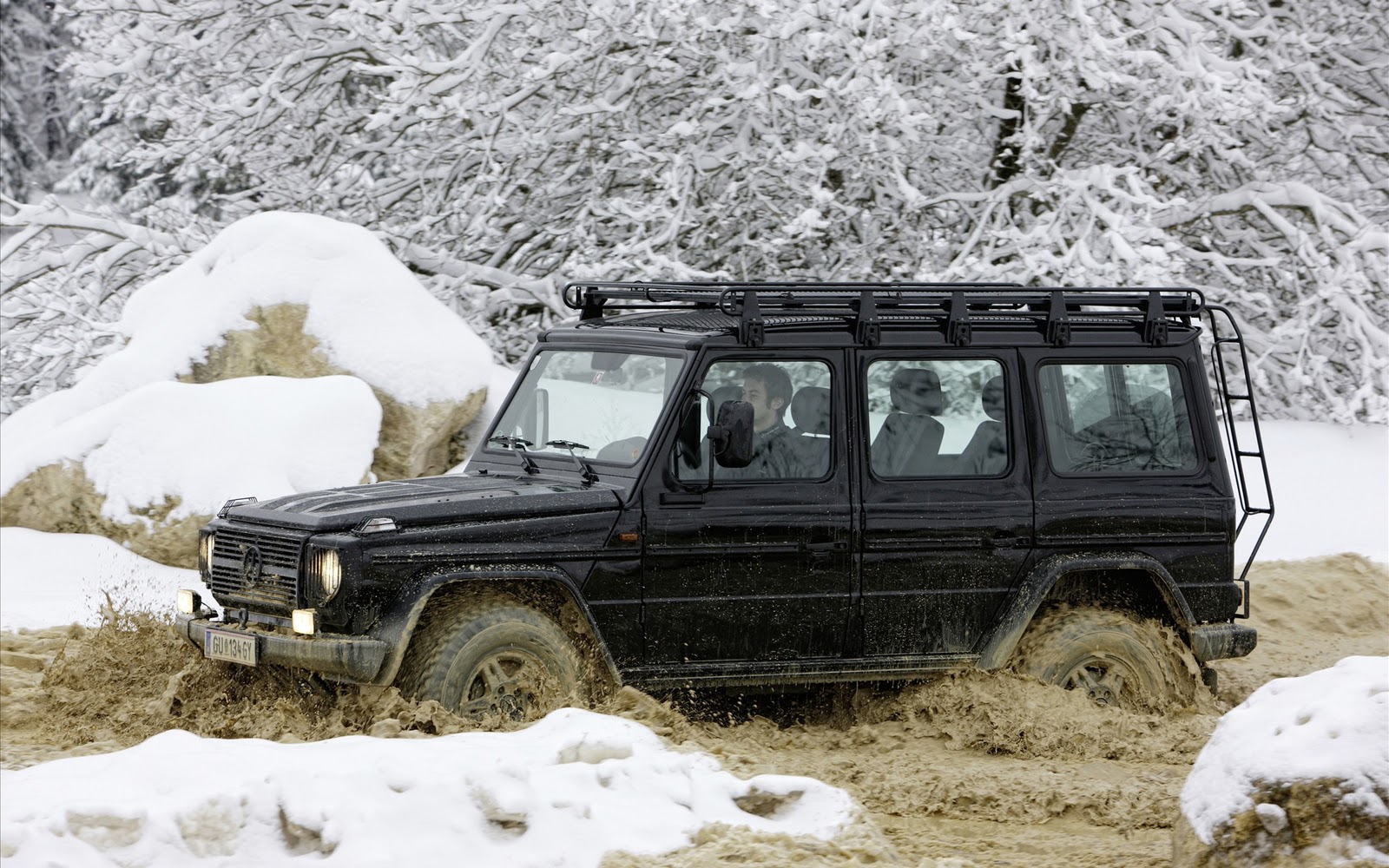
These days, the G-class is more about looking like you own your own oilfield than heavy duty off-roading. You might also need to actually own your own oilfield, as keeping this big, thirsty, ill-handling beast in fuel is no easy task. But wait – what if it were a fuel-efficient diesel model?
That's a question the European market can answer, in the form of the G280cdi, a diesel-powered version of the earlier, more-nimble G-class from the 1990s. There are a number of powertrains to choose from, but the best of these is probably the civilian version of the professional-grade truck, which will likely have seen a little less abuse than the working version, but still have that legendary toughness.
With locking differentials, a hood you can jump up and down on, short overhangs, and plenty of interior space, the G-Wagen is an unstoppable utility. Now you can afford to keep one in fuel as well.
Audi RS2
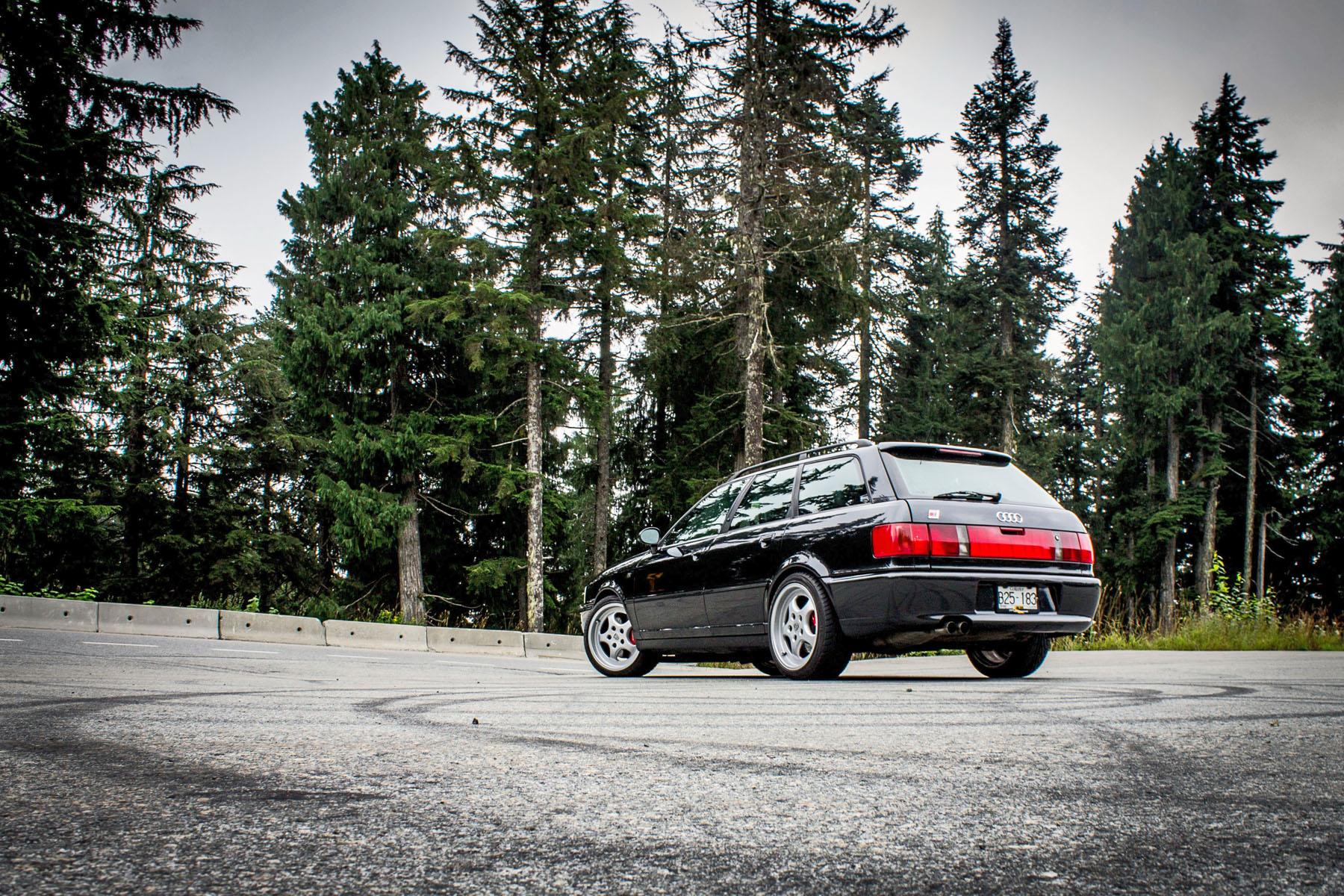
Not just a hot wagon, but an icon, the Audi RS2 is a first-of-breed car that kicked off Audi’s RS brand in a big way. Oh, and there's another secret too: it's actually a Porsche.
When it came time to inject a little turbocharged magic into their ho-hum Audi 80, Audi turned to Porsche for a little help. Having just wrapped up building the 500E for Mercedes-Benz, Porsche was in a collaborative mood and had the space to begin fitting out what many people consider the start of the European hot wagon.
Power came from a 2.2L straight-five engine boosted up to 315 hp, and grip came from Audi's Quattro all-wheel drive. As a result, the RS2 had a holeshot violent enough to put the McLaren F1 – mightiest of its contemporary supercars – in the rear-view. And you could do so while ferrying around a dog crate.
Finding an RS2 is a bit tricky as they're rare, but that rarity also confers collector status in many provinces, keeping insurance cheap. Another bonus comes with being able to show up to both classic Audi and classic Porsche meets – for the latter, just pop the hood and watch the Porsche Club guys scratch their head over the 'Porsche' script engraved into the engine's valve cover.
If you can't quite get your RS2 sorted, just wait a little longer. The B5 RS4 Avant started production in 1999 as a 2000 model, so is just around the corner for eligibility.
Alpina B10 Bi-Turbo
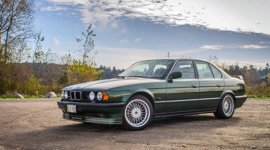
Having driven one of these recently, they're phenomenal. Think BMW in terms of luxury and handling, but with an emphasis on torque delivery rather than high-revving track focus.
Never heard of Alpina? Here's the Cole's Notes. Born out of a typewriter manufacturer (yes, really), Alpina grew to operate much of BMW's touring car racing in the 1970s. With the fuel crisis, they moved their business to road cars, and were soon producing some of the coolest 3 and 5 Series machines ever made. They were first to put a six-cylinder, then an eight-cylinder engine in the 3 Series, and transformed the 5er into the fastest four-door in the world.
The B10 Bi-Turbo is just an example of that excellence, but as Alpinas are rarer here than hen's teeth, any one is a way to stand out. It's just a little bit more special than your average classic Bimmer, and worth hanging on to.
Porsche 911 RoW
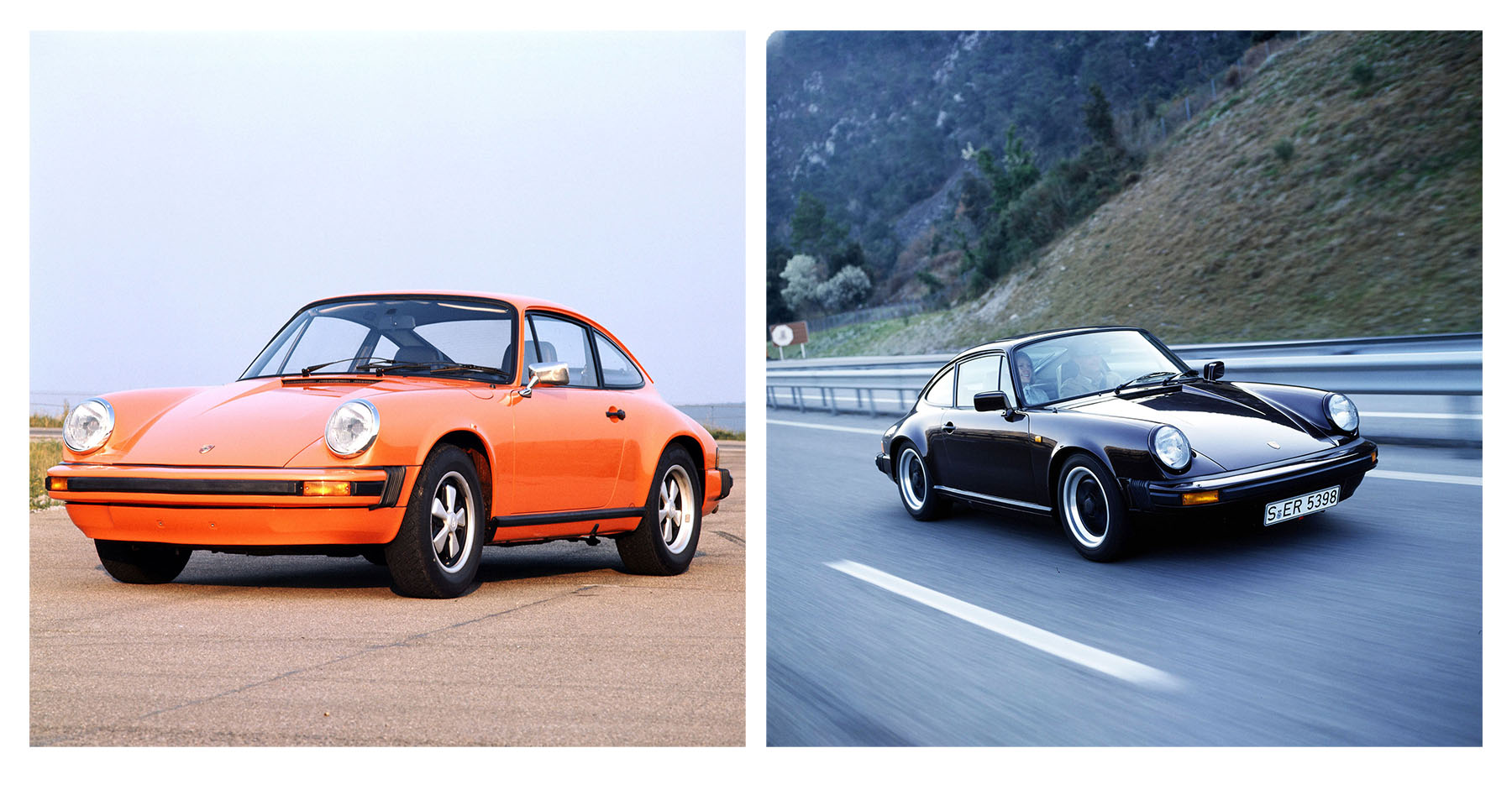
But wait, you say, the 911 was always available here! True, but these days an air-cooled Porsche will set you back huge. The market for these cars is skyrocketing, and is rapidly shooting beyond the reach of the average would-be owner.
However, here's the Grey Market to the rescue again. If you've ever travelled to Japan, you'll note that any time you see a classic Porsche tooling around, 95 percent of the time it's a left-hand-drive car. The Japanese have a mania for getting things just-so, and the “correct” way a 911 is built is in left-hand-drive, so that's how they collect them.
Japanese market cars tend to have low mileage and are mostly pampered, making the East a hidden repository of classic 911s in excellent shape. The Rest of World (RoW) cars, as they're known, have a few quirks in terms of options, but going Grey Market can be a great way to get the 911 you want, at a price you can afford.
